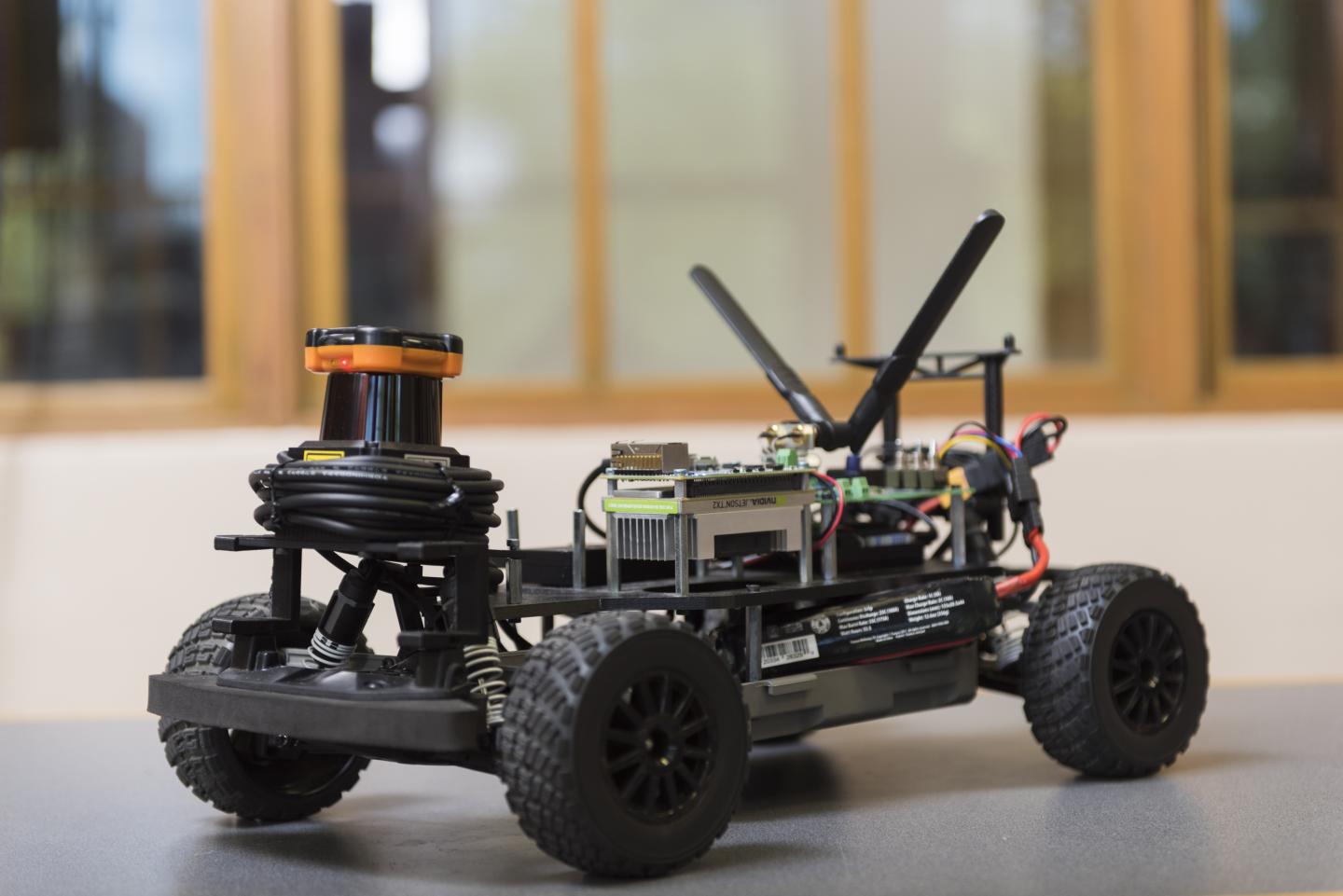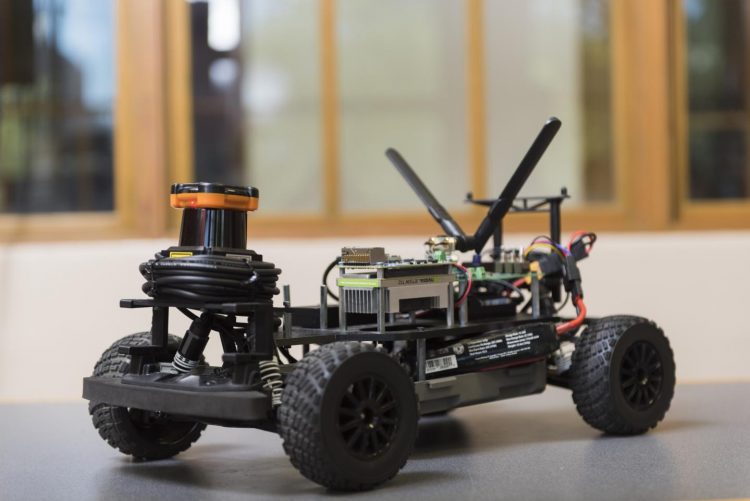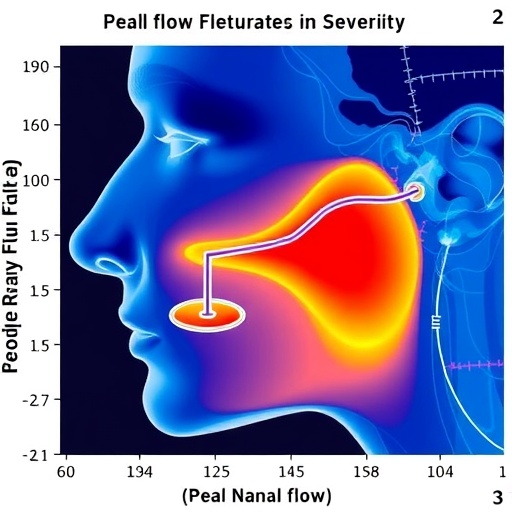
Credit: Hannah O’Leary, Oregon State University
CORVALLIS, Ore. – An autonomous systems expert at Oregon State University is helping to lead an effort to build research infrastructure for the safety, performance and security of driverless cars, supported by a $1.5 million grant from the National Science Foundation.
The project, a collaborative effort with the University of Pennsylvania and Clemson University, will put one-tenth-scale autonomous cars into the hands of researchers nationwide. They are working with the smaller cars because they are less expensive and safer to use.
Houssam Abbas, assistant professor of electrical and computer engineering in the College of Engineering at Oregon State, is one of the project’s principal investigators. He has been using the miniature vehicles for his own research areas such as cyber-physical security, and he has a bigger vision for the impact the cars could have for other researchers.
“If you want to see these autonomous systems developed with high performance and a high guarantee of safety and security, then you need everybody to pitch in,” Abbas said. “And so we are going to help that process. It’s really about being part of a larger community.”
Testing autonomous systems on full-scale vehicles can be prohibitively expensive – a base model can cost more than $300,000. Abbas says he priced one out at $700,000 that was loaded with everything he would need for his research.
In contrast, the one-tenth-sized cars will be free to the more than 30 labs collaborating on the grant. The smaller cars are also safer to use when testing out new systems.
Over the next three years, Abbas will work with lead principal investigator Rahul Mangharam of the University of Pennsylvania and Venkat Krovi of Clemson University to develop a fleet of about 80 cars; a simulator for autonomous driving supporting multiple cars, environments and configurations to test the cars; a comprehensive manual; a community Q&A site; lecture notes and videos for a course based on the scaled-down cars; and a demonstration kit for community-building events such as talks, tutorials and short courses.
Researchers receiving cars will contribute code and add to the design and documentation. The main product of the grant project is not the cars themselves, which will ultimately be donated to high schools and other groups , but the infrastructure that allows researchers to buy parts, download code and documentation, and build their own research or teaching platforms.
“The objective is to enable and catalyze research on autonomous systems for research groups that normally would not have the means, the resources or the skills to build an autonomous car,” Abbas said.
###
Media Contact
Houssam Abbas
[email protected]
Original Source
https:/





